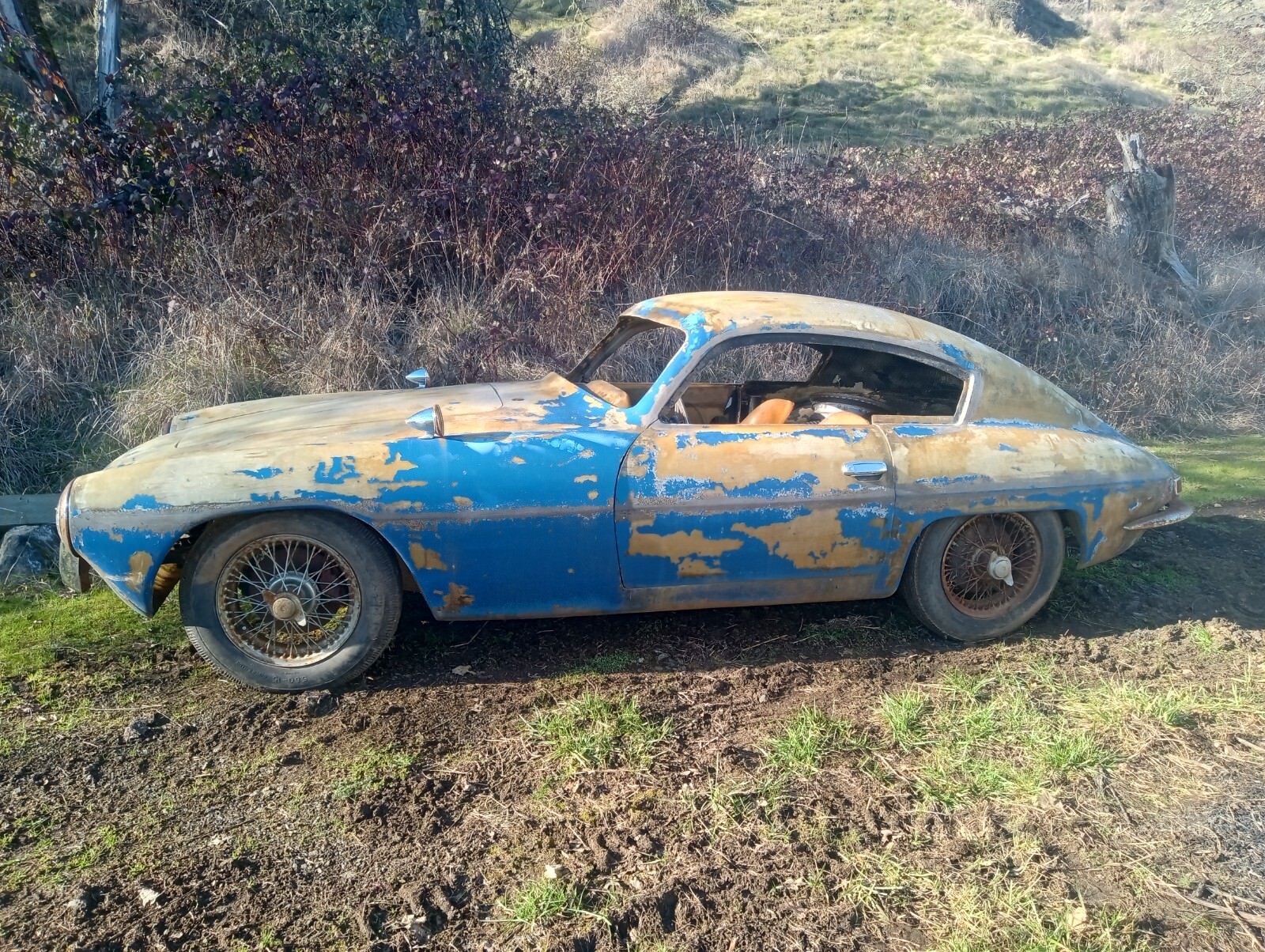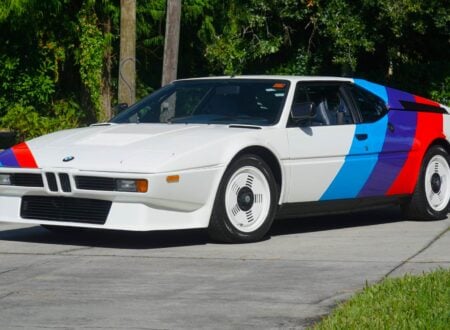This is a Victress C2 Coupe, a handbuilt American sports car designed by Merrill Powell in the mid-1950s and now largely forgotten. The Victress C2 was typically built on an MGA chassis and would compete with the Porsche 356, MGA, Triumphs, and various other sports cars in club competition.
The example you see here is a project car in every sense of the term, having been parked and forgotten about 45+ years ago. It’s now being offered for sale on eBay out of Roseburg, Oregon with a body, chassis, engine, and many other key parts needed to finish it. The popularity of low-volume American sports cars like this is now on the rise – they’ve even been displayed at Pebble Beach.
Fast Facts – The Victress C2 Coupe
- The Victress C2 Coupe is a rare, handbuilt American sports car from the 1950s designed by Merrill Powell. Once forgotten, it is now gaining national and even international recognition, appearing at prestigious events like Pebble Beach. This specific car is a long-abandoned project currently for sale on eBay.
- Victress Manufacturing was founded in 1952 as the Boyce-Smith Company to produce fiberglass-bodied sports cars. Merrill Powell joined after his military service and art school training, designing several important models including the C2 and C3, known for their originality rather than borrowing key design cues from European cars.
- One of the company’s early successes was the Guy Mabee Special, a land speed racer using a Victress body that reached 203.105 mph at Bonneville. This record helped brand Victress as the maker of “The World’s Fastest Sports Car,” significantly helping to boost the fledgling automaker’s reputation.
- The featured 1956 Victress C2 is mounted on an MGA chassis and includes its original engine, suspension, and brakes, though all need restoration. Fiberglass’s resistance to rust aids its potential for revival. It’s priced at $6,500 and located in Roseburg, Oregon, listed as a full rebuild project.
The Victress Manufacturing Company
The Victress Manufacturing Company started out as the Boyce-Smith Company in 1952, founded by Doc Boyce-Smith along with his close-friend Hugh Jorgensen to build a range of fiberglass sports cars. At this time, fiberglass was much the same as carbon fiber is today, in fact it was Geoff Hacker of Undiscovered Classics who coined the comparison.
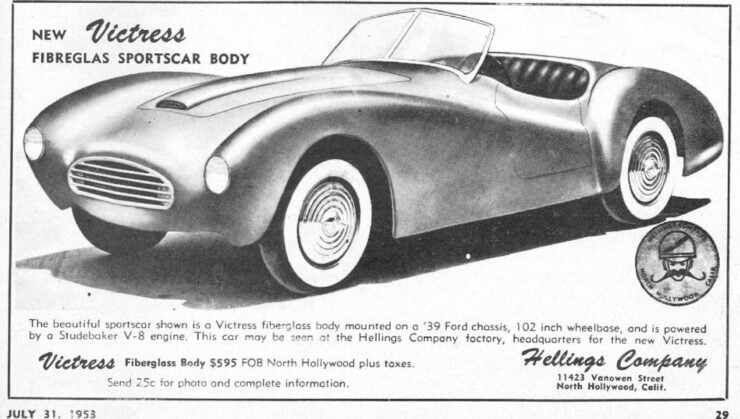

In 1952 the first-generation Chevrolet Corvette, with its fiberglass body, hadn’t yet been released. While the Corvette would probably help to mainstream the acceptance of fiberglass automotive bodies more than any other, it was far from the first.
The Arrival Of Merrill Powell
Merrill Powell would return from active service in the Air Force Medical Service Corps in 1953. He already had a degree in psychology from Baylor University, but would now pursue a career in car design at the prestigious Art Center School of Design in California.
It would be here that Powell would meet Jorgensen, he would then meet Doc Boyce-Smith at the 1953 Petersen Motorama, where Victress was fortuitously holding a week-long demonstration of how fiberglass sports car bodies were built – by building one as showgoers watched.
Later that year Powell would buy into the Boyce-Smith Company, taking a 49% share and becoming Vice President, with Boyce-Smith staying on as majority shareholder and company President. It was at this time that the company name was changed to the Victress Manufacturing Company.
In 1953 Guy Mabee was developing a new land-speed sports car with a team consisting of Denny Larsen and Ray Brown. The men had built a chassis and an engine, but they still needed a lightweight, aerodynamic body. They chose a Victress body and called the completed car the Guy Mabee Special.


The Guy Mabee Special would promptly set a world record breaking speed of 203.105 mph at the Bonneville Salt Flats in Utah. The media of the time dubbed it “The World’s Fastest Sports Car” and Doc Boyce-Smith wasted no time at all adopting the phrase for the company, advertising as “Victress – World’s Fastest Sports Car.”
The Victress C2 Coupe
The Victress Manufacturing Company would design and sell a number of ground-breaking sports cars including the S1, S4, S5, Dragster, C2, C3, and others. These chassis varied in design, wheelbase length, track width, and other elements.
Most were designed to fit over very specific pre-existing sports car chassis, like those from MG and Triumph, as well as the ubiquitous Volkswagen Beetle. When based on the MGA, the Victress C2 raced in the same classes as the Porsche 356 and other 1.5/1.6 liter sports cars of the time – often beating them.
Thanks to his studies at the Art Center School of Design, Merrill Powell was perfectly suited to design bodies for Victress cars, as he already had a deep understanding of fiberglass from working with its hands-on and actually building bodies.
Powell would design the C2 and C3 among others, now widely considered the quintessential Victress designs as they were not based on the designs of other cars – like the Jaguar XK120 or the BMW 328 Mille Miglia “Büegelfalte” Roadster which had inspired some of the earlier designs.
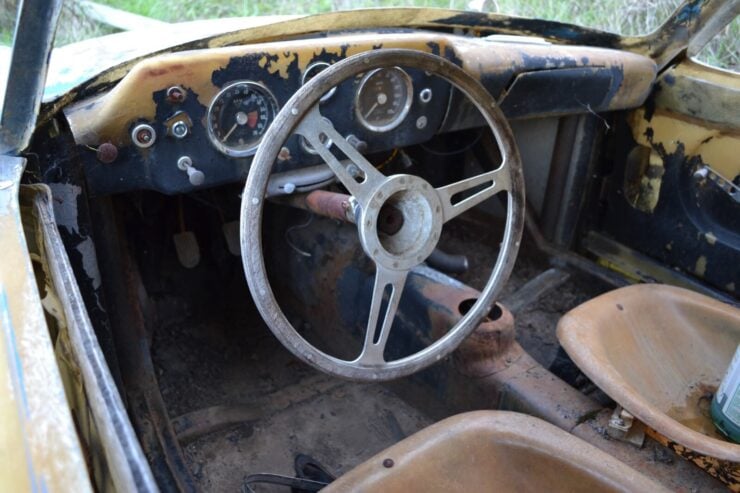

The Victress C2 Coupe became a solid seller for the company, it was designed to fit over an MGA chassis and keep the engine and suspension in place. This would significantly improve the performance of the car, eliminating the heavy steel body and using fiberglass instead made it fast – fast enough to become a club racing favorite.
Victress was purchased by La Dawri Coachcraft in 1961 and the designs were all rebranded as La Dawri cars, with the C2 being renamed the “Sicilian” and remaining in production well into the mid-1960s. This was a testament to the original design, as it still looked current despite the fact that Powell had designed it over a decade earlier.
Today the surviving examples of the Victress cars are highly sought after by collectors.
This period in American automotive history is unique in that many smaller sports car manufacturers started operations and successfully built many cars, before the onslaught of cheaper production sports cars in the 1960s caused much of their business to dry up.
The Victress C2 Coupe Project Car Shown Here
The car you see here is a 1956 Victress C2 Coupe that was built on an MGA chassis in-period. The car has now been forgotten about for over 45 years, and as a result it’s in a woeful state of disrepair. The good news is that fiberglass bodies don’t suffer from rust, and are generally easier to repair when needed.
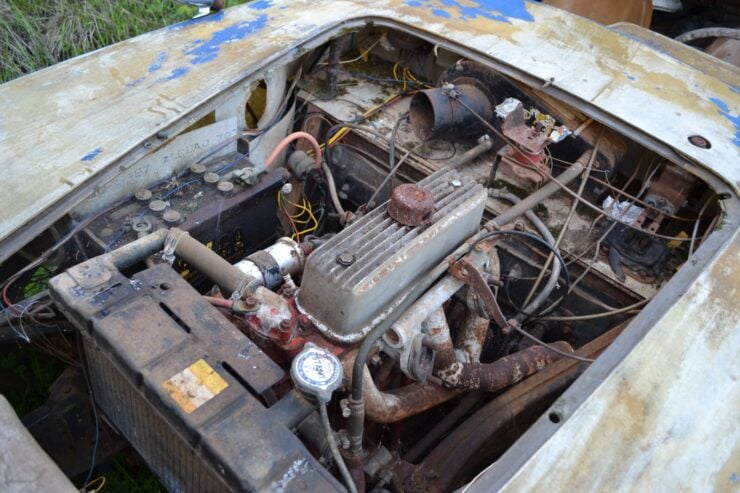

The seller notes that this car has a non-running MGA engine, and the original chassis, suspension, and brakes are all still there. That said, it will need a total rebuild from the ground up before any driving is attempted.
It’s now being offered for sale on eBay out of Roseburg, Oregon with a Buy It Now price of $6,500 USD. If you’d like to read more about it or make them an offer, you can visit the listing here.
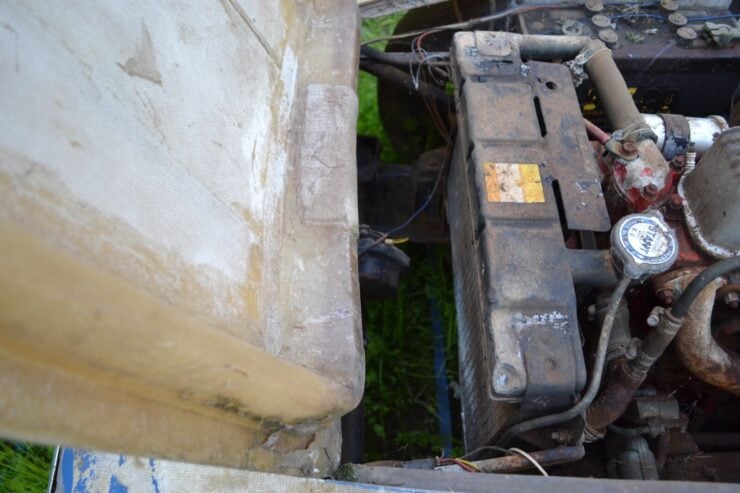
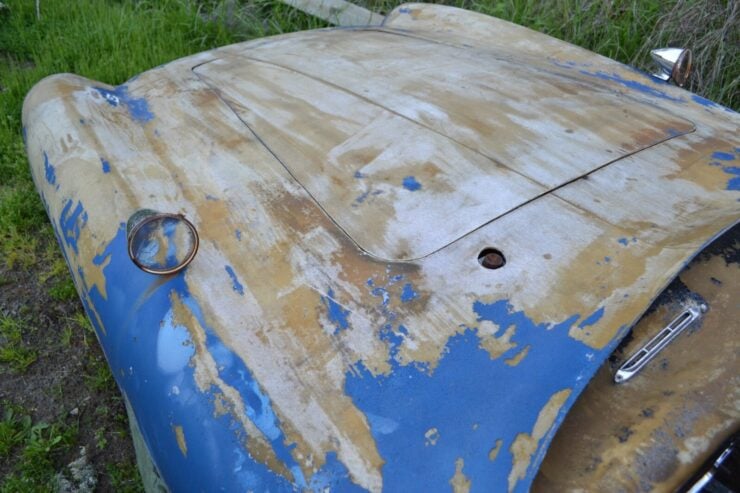
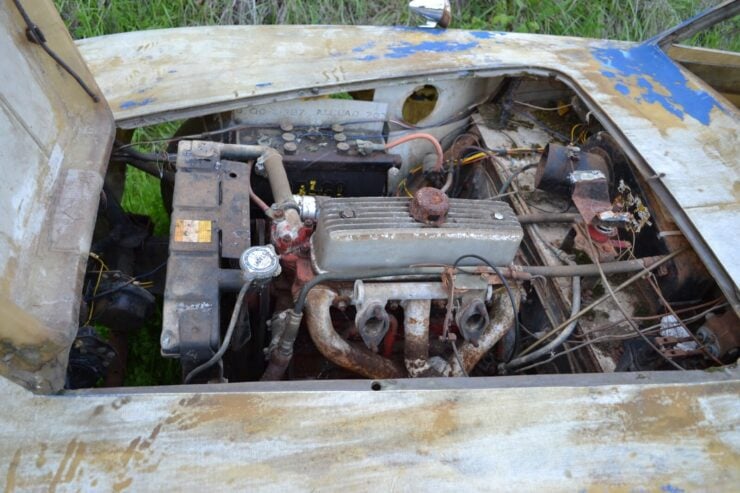
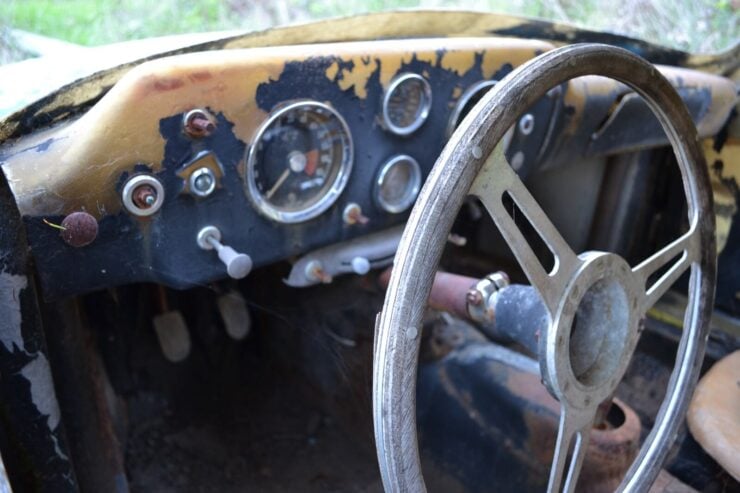
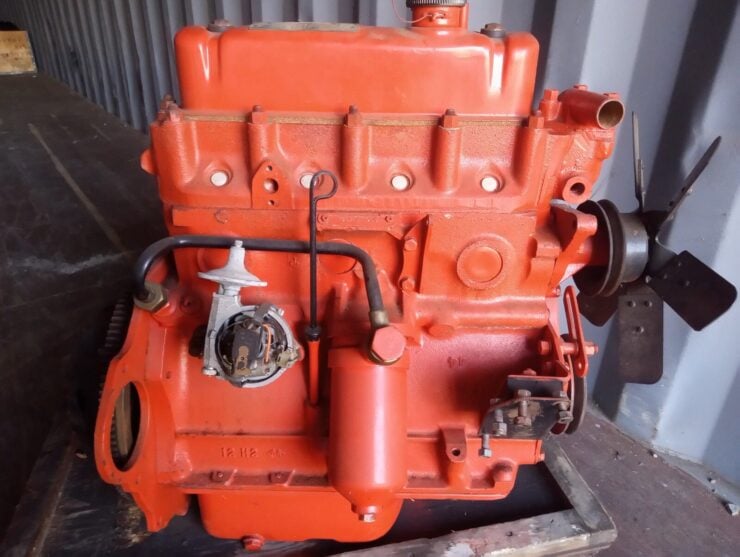
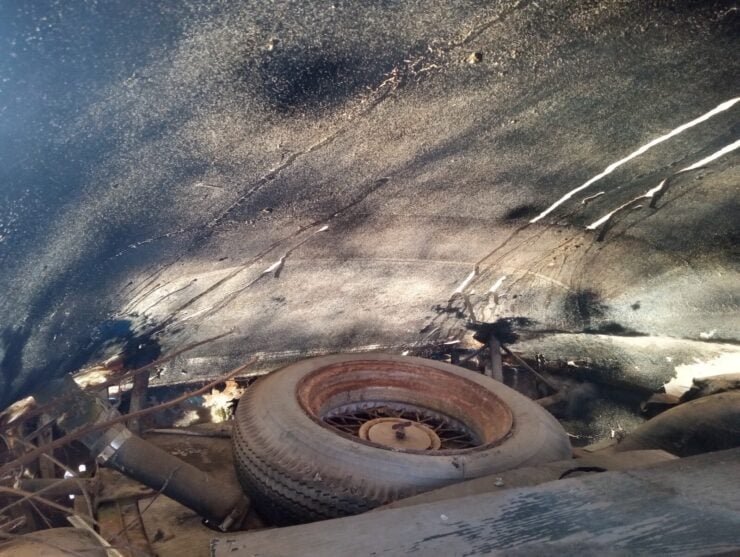

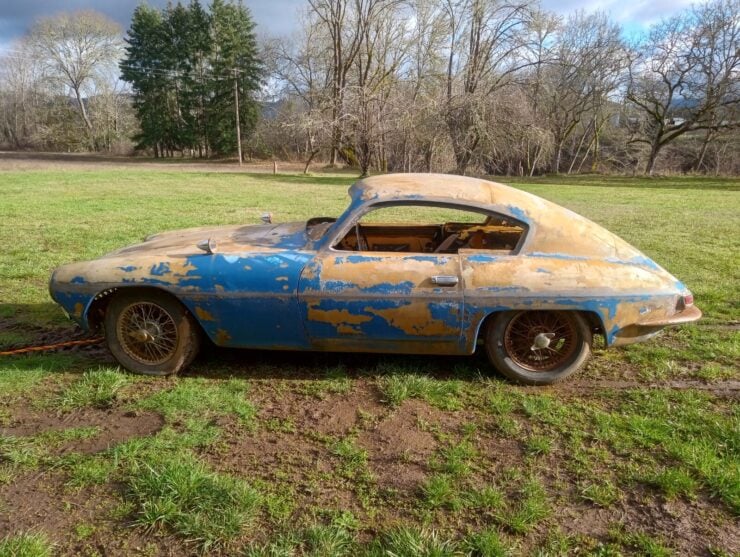

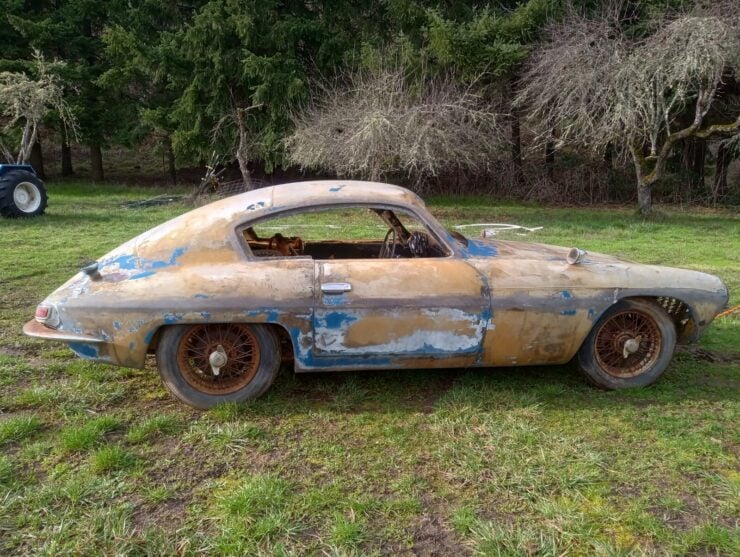
Images courtesy of The 910 Farm

